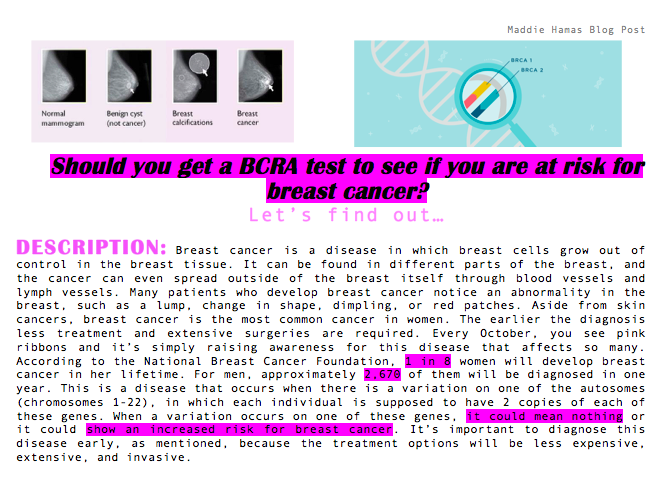




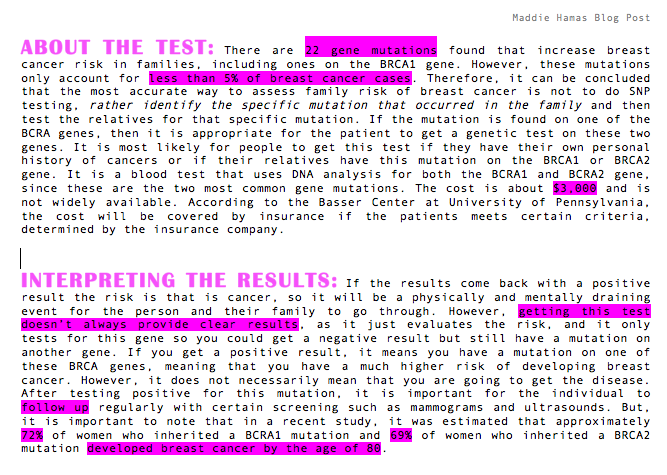



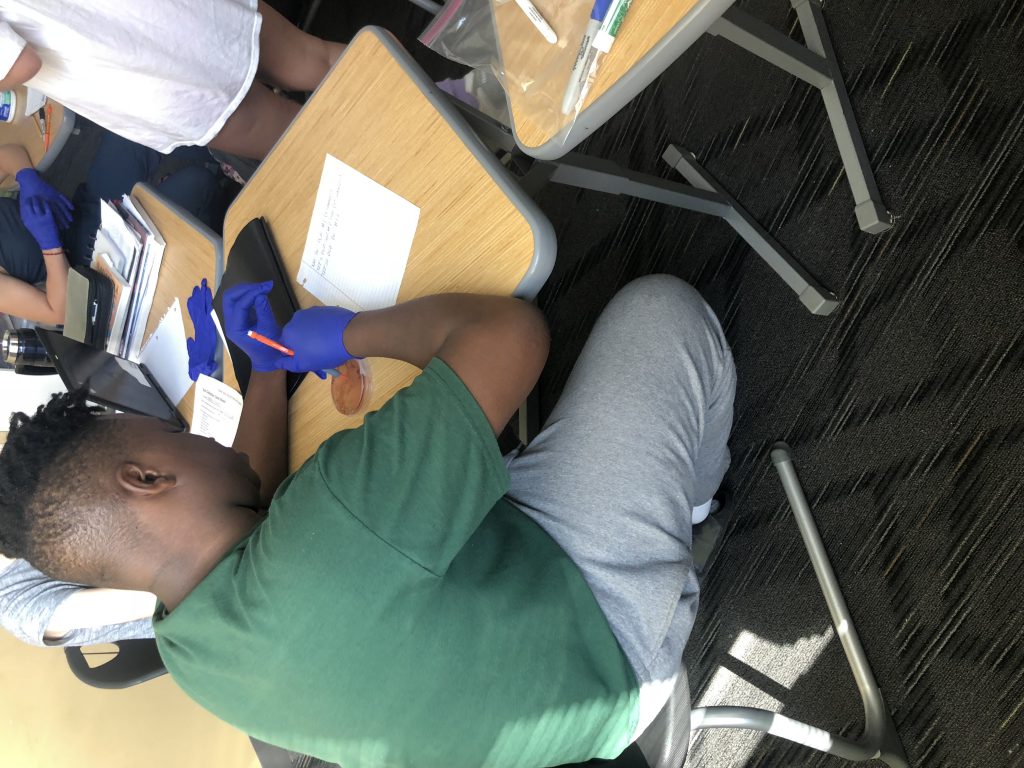
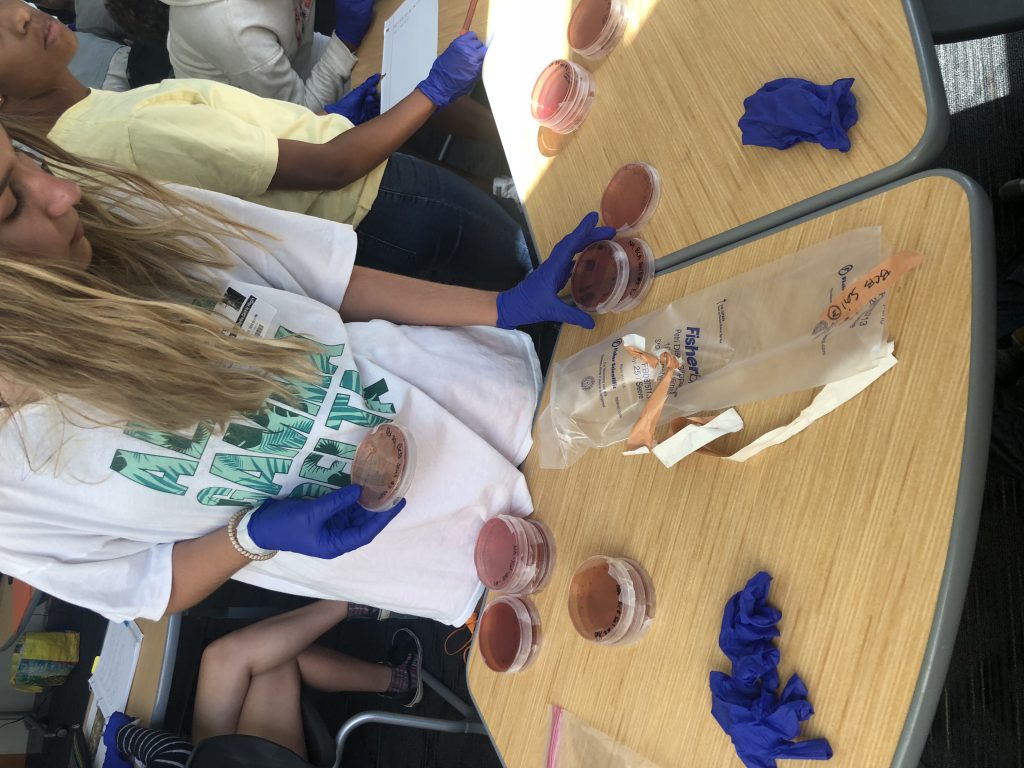
On Friday, September 27th, I went to Clarke Central High School during their last period to assist AP Environmental students in the antibiotic resistance lab. Two other girls in this Biology class and I worked with a group of 6 students to count the number of colonies on each of the plates. We showed the students how to count them, explained what a colony was and looked like, and described what we were actually doing. Our soil sample was actually collected by one of the high school girls in our group, which she found in her backyard.
When we first separated the plates into Set 1 and Set 2, we noticed that Set 1 did not have a sufficient number of colonies on the plates and that maybe people in our biology class plated them wrong. The second set, however, had more visible colonies that were actually countable. We gave each of the high school students a plate and a marker to count the number of colonies, which they then would write the plate description and number of colonies on a piece of paper. To ensure accuracy, we would then switch the plates between the students so that each plate was counted twice. These numbers were then reported to the one student who entered the data into the spreadsheet and website. I felt more knowledgeable this time around, compared to when we counted them in class because I wasn’t sure what to count as a colony and what we were actually finding from all this counting. Now, I could actually explain to the students what we were doing and the effect of the antibiotics on the soil.
Overall, I think this experience was a lot of fun- I met two girls who I helped count plates with while they asked me about college life. I was a little surprised when I walked into this AP Environmental Science class, mainly because they all looked younger, like freshmen and sophomores, whereas at my school you had to be a junior or senior to take this course. Some of the students seemed more interested in counting the plates than others, but overall, I think that the students enjoyed having college kids from a big school like UGA come into their classroom to help.
When I played my role in the policy exercise as a representative of India, I felt like we needed help since we were still a somewhat developing country and at first we were not getting the help we needed. I think the other groups didn’t understand that we needed help because we weren’t under the “Developing Countries” category.
When we started negotiating with other countries, I think they started to realize that even though we are not under that category, we still need help. We have so many people in our country and this contributes to our country’s carbon emissions and the other countries started to realize that our emissions were from our high population not necessarily each individual using an extreme amount.
After negotiations, our group was able to get money from China and the US, which was great considering the US was only going to give $17 at first. I think these other countries and ourselves realized after we played with the numbers on the chart that deforestation and afforestation aren’t going to do much and that its actually the rates that will affect the temperature. I think after these richer countries saw that they came to the conclusion that they need to help the more developing countries so that we have the resources to make this possible.
In the end, I think that we can cut emissions, but I don’t think it will be feasible in the next couple decades to cut it to the goal we had of only 2 degrees. Cutting emissions this dramatically would impact people’s every day lives and change their lifestyle.
Mentioned before, I think one of the major cost barriers was that at first the US was not giving any many, when India and the developing countries requested $230 billion combined and initially, there was a little over $100 billion. Eventually, the US contributed but not nearly as much as they should have.
I think we can catalyze change in the US by reducing our emissions now gradually and then we will adapt to it, and hopefully this will steadily decrease emissions over the years.

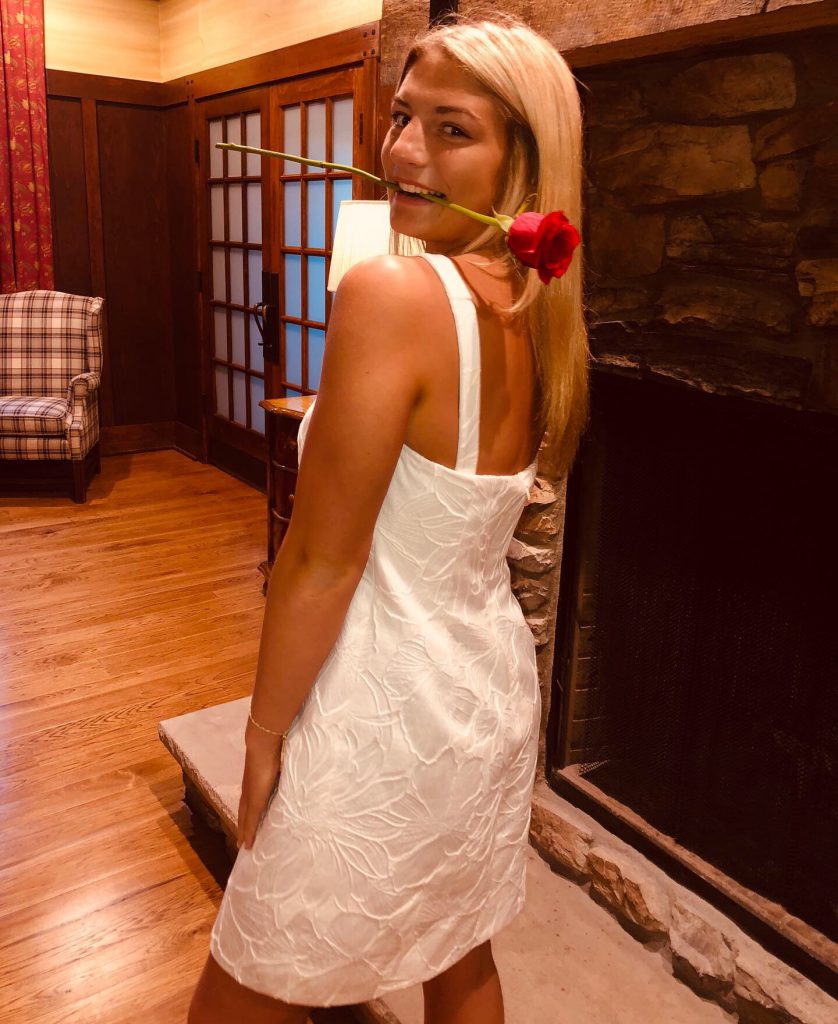
In high school, I took Honors Biology, Honors Chemistry, AP Physics I, and AP Physics II. I liked Physics the best because we did a lot of labs and group work, even though the course and material were difficult. From this course, I want to participate in an outreach that uses the material we learn in class and apply it in the real world. The project that interests me the most is the outreach with Clarke Central HS students. I’ve visited elementary schools and middle schools in the past when I was in high school, so this seems very similar. I do think the Tailgating project sounds interesting and that if students at UGA saw the picture of campus after a big game, they would not want to go to a campus that looks like it is a dumpster. Through these projects, it will help me with civic engagement by interacting with younger students in the community and also making the community a better place to live. In this course, I really am excited for the genetics because this topic has always been interesting to me. In my HS bio class we did not do much with watersheds and water quality, so I think this will be something new and exciting to learn as well.